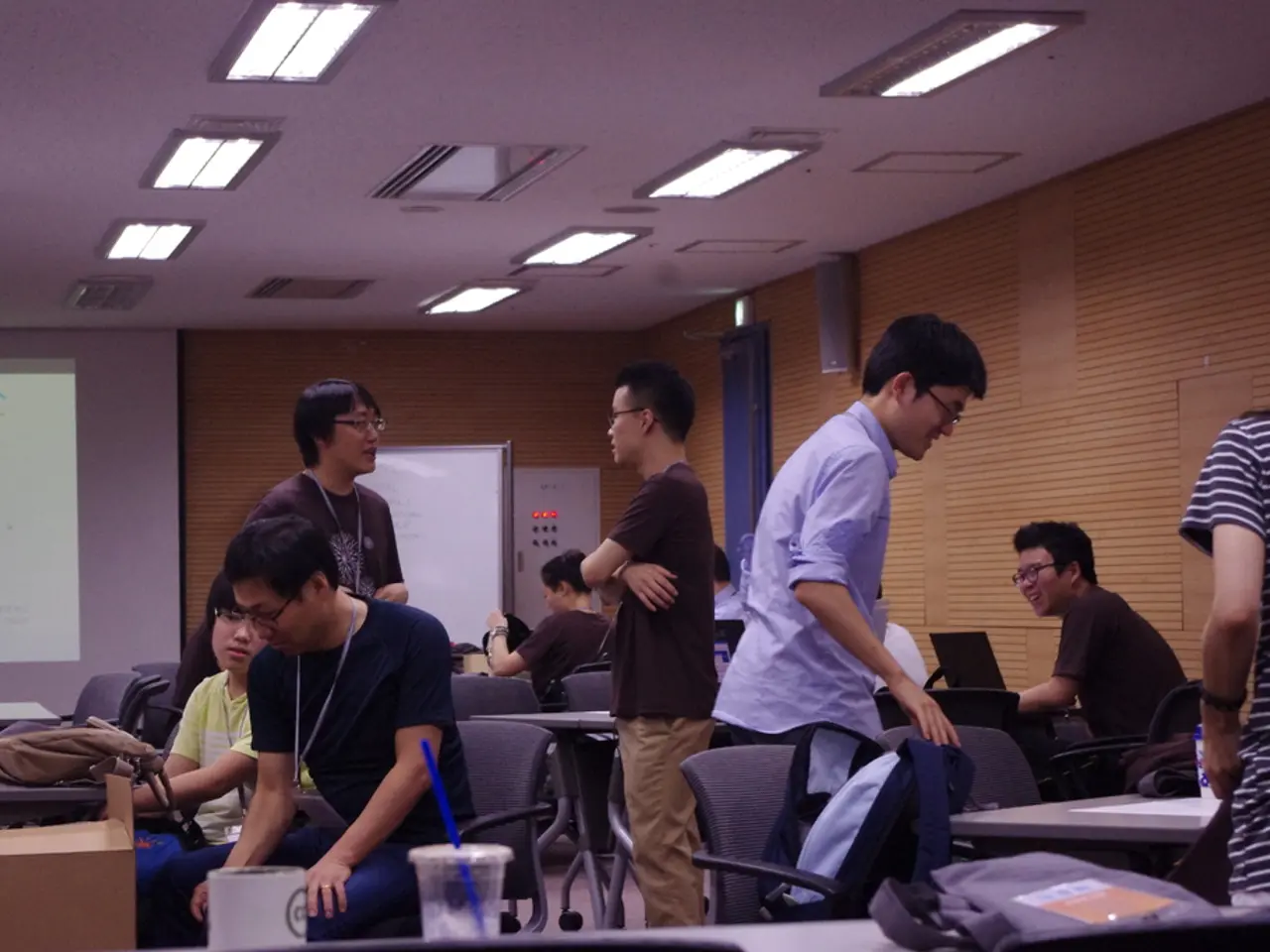Cracking the Code on Virtual Classroom Camaraderie
Cultivating Virtual Classroom Camaraderie: Guidelines for Newbie Educators
In the modern learning landscape, virtual classrooms have surged in popularity among educational institutions and organizations. With online learning becoming the new norm, establishing a strong and harmonious community within these virtual environments is essential. Here's a practical guide for beginners looking to foster a cooperative and engaging virtual classroom.
1. Open Lines of Communication
Effective communication lies at the heart of any successful virtual community. Establish clear channels that allow students and the instructor to connect, learn, and grow. Utilize tools like discussion boards, instant messaging, and video conferencing to facilitate open communication.
2. Spark Engagement
Encourage students to actively participate and contribute to class discussions, brainstorms, and projects. Foster collaboration, teamwork, and cooperation, making everyone feel valued and important in the learning process.
3. Set the Tone
Create a welcoming and inclusive space where students feel comfortable expressing their views and sharing their thoughts. Establish clear expectations for respectful and accepting behavior, addressing any concerns promptly and consistently.
4. Make Connections
Encourage students to form bonds outside the traditional classroom setting. Organize group activities, virtual study sessions, or community building events to help students develop relationships, support one another, and grow together.
5. Personal Touch
Recognize that each student is unique and has distinct learning needs. Offer individualized attention, provide constructive feedback, and adapt your teaching methods to cater to different learning styles. Make the learning experience fun, engaging, and personalized for every student.
6. Break the Ice
Start each class session with an icebreaker activity to facilitate social interaction, foster a sense of belonging, and help students get to know one another better. Customize icebreakers to suit the course and engage students of various ages and backgrounds.
7. Celebrate Success
Recognize and celebrate the achievements of your students. Not only does this boost their confidence, but it also creates a sense of pride and unity within the community. Encourage students to share their accomplishments, both big and small, and highlight their progress.
8. Build a Supportive Learning Environment
Promote a culture of collaboration, encouragement, and support. Encourage students to help one another and assist those who may be struggling. builds a strong community where everyone feels comfortable seeking help and growing together.
9. Seek Feedback and Reflect
Regularly seek feedback from your students and reflect on their experiences. Incorporate their suggestions and be open to making adjustments to better meet their needs. Encourage students to reflect on their own progress and set goals for their learning journey.
10. Adapt and Grow
Building a strong virtual community takes continuous effort, adaptation, and growth. Stay informed on the latest technological advancements, educational strategies, and student preferences. Adapt your approach based on evolving community needs and stay committed to fostering a vibrant, supportive, and engaging virtual classroom experience.
By applying these tips, you can cultivate a thriving virtual classroom community where learners collaborate, support one another, and ultimately gain a richer, more rewarding educational experience.
- Embrace technology in education-and-self-development by utilizing online-education platforms for learning, fostering relationships, and engaging in meaningful discussions about the subject matter.
- Encourage students to take advantage of the flexibility offered by online learning by participating actively in online learning, viewing recorded lectures, and collaborating with peers through discussion boards and group projects.
- Seek out online resources and learning communities to supplement traditional education and continue personal growth in various areas of interest, both inside and outside the classroom.







